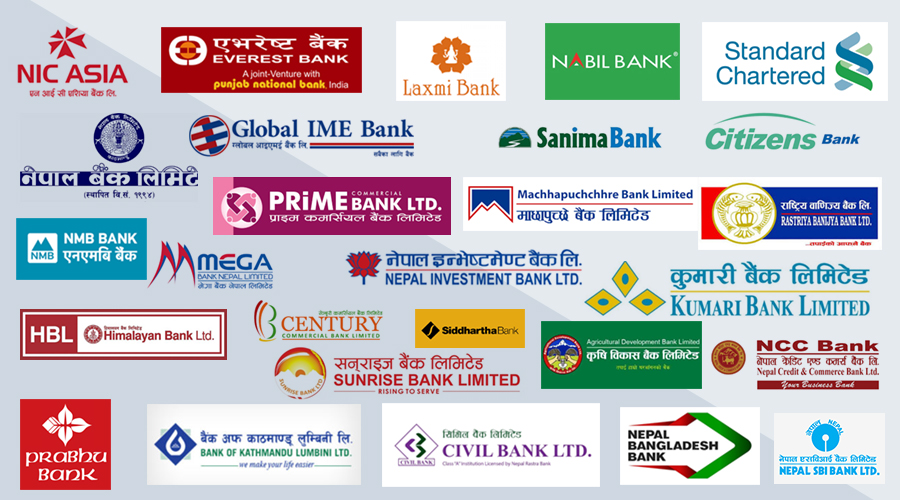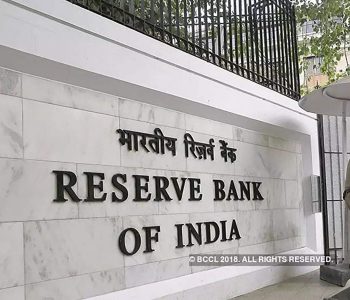Commercial banks withhold dividend declarations, boost distributable profit amid regulatory benefits

KATHMANDU: Despite the capacity to declare dividends, several major commercial banks in Nepal have delayed dividend announcements by the end of the first quarter of the current fiscal year, leading to an increase in their distributable profits. Banks capable of distributing dividends have opted to postpone the announcements to showcase better Basel reports, which allow them to display higher profits in their Tier 1 capital.
This strategic delay stems from the central bank’s regulation that allows distributable profits to be counted as retained earnings under Tier 1 capital. By adding the current year’s profit to last year’s retained earnings, banks’ Tier 1 capital rises significantly. As a result, many banks, including prominent players like Nabil Bank, Standard Chartered Bank, and Nepal SBI Bank, have been deferring dividend declarations to take advantage of favorable Basel report presentations.
While these banks may appear stronger on paper due to increased distributable profits, they will face pressure in the second quarter as they are required to declare dividends and conduct their annual general meetings (AGMs). The Nepal Rastra Bank mandates that financial institutions submit their Basel reports within 15 days of the end of each month. Additionally, if any bank’s Tier 1 capital falls short in any month of the fiscal year, the central bank has the authority to block dividend declarations for that year.
Banks’ Profit Growth in Q1
Commercial banks in Nepal have reported a significant surge in net profits for the first quarter of the current fiscal year, with a total of NPR 16.24 billion in net profit. This marks a 21.64% increase compared to the NPR 13.34 billion net profit recorded during the same period last year. The boost in profits is largely attributed to regulatory relief provided by Nepal Rastra Bank, rather than business expansion.
The central bank’s monetary policy has reduced the loan loss provision on performing loans from 1.20% to 1.10%, contributing to the profit growth. Additionally, non-performing loans that have been recovered are being closely monitored with a 5% loan loss provision, further aiding the banks’ financial health. Previously, even when non-performing loans were recovered and became regular, they could not be written back as performing loans for six months, a rule that has now been adjusted by the central bank.
Top Performers and Profit Trends
Among the commercial banks, Nabil Bank recorded the highest net profit for the first quarter, reporting NPR 2.05 billion, a 40% increase compared to the same period last year. Despite this impressive profit growth, Nabil Bank also reported an increase in its non-performing loans. The bank’s distributable profit, after adding last year’s undistributed earnings, has reached NPR 4.95 billion.
Global IME Bank secured the second position with a net profit of NPR 1.51 billion, followed by Nepal Investment Mega Bank, which posted a net profit of NPR 1.46 billion, ranking third. Prime Commercial Bank boosted its net profit by approximately 11%, securing the fourth position with NPR 1.28 billion in net profit.
Rising Non-Performing Loans
While profits have surged, non-performing loans have also seen an upward trend in most banks. Nepal Investment Mega Bank and Laxmi Sunrise Bank have reported non-performing loan ratios exceeding the regulatory limit of 5%, with Nepal Investment Mega Bank’s non-performing loans at 5.84% and Laxmi Sunrise Bank at 5.44%. Other banks, such as Himalayan Bank, Prabhu Bank, and Nabil Bank, have also reported non-performing loan ratios nearing or exceeding 4-5%.
Future Outlook
As banks continue to leverage regulatory benefits to enhance their profits, the pressure on non-performing loans and Basel report compliance remains high. Moving forward, commercial banks are expected to declare dividends and complete their AGMs by the second quarter, which will place additional stress on their financial reporting. The central bank’s regulatory vigilance will play a critical role in ensuring that banks maintain adequate capital and do not compromise financial stability in pursuit of short-term gains.
In conclusion, while the first quarter has been financially favorable for Nepal’s commercial banks, their ability to sustain these profits amid rising non-performing loans and future dividend pressures remains to be seen.














Facebook Comment